Storing Thyme - Drying Fresh Thyme After Harvesting
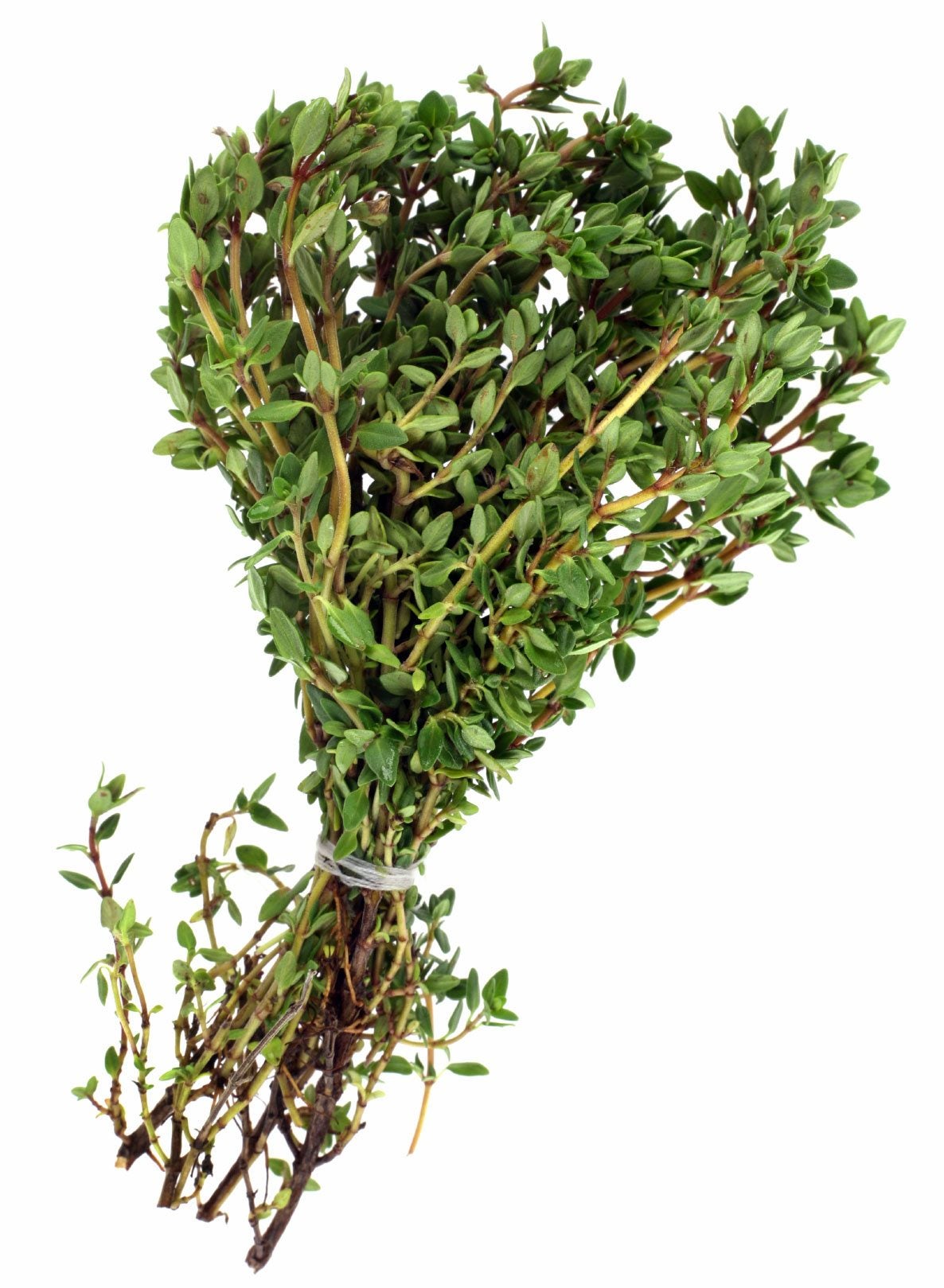

Thyme is one of the most versatile herbs, with a variety of cultivars and flavors. It grows quickly in sunny, hot conditions but can also withstand cold winters. The woody stemmed herb has small leaves that add flavor to recipes, and an aromatic touch to sachets and aromatherapy treatments. Knowing how to dry thyme can help you preserve the fresh delightful scent and flavor of this herb for easy home use.
How to Harvest Thyme
Knowing when and how to harvest thyme will garner the best results when drying. Woody stemmed herbs are best harvested just before blooming for peak flavor. Cut the stems for drying fresh thyme, just before a growth node. This will increase bushing and ensure a constant supply of the tasty leaves. Morning is the best time of day for harvesting thyme.
How to Dry Thyme
After harvesting thyme, wash it and shake off the excess water. You can choose to dry the entire stem or remove the tiny leaves. The leaves will dry more quickly off the stem but they will remove more easily from an already dried piece of the herb. To remove the leaves, pinch the end of the stem with your thumb and forefinger and pull up the stalk. The leaves will fall off. Remove any of the peripheral twigs and proceed with drying fresh thyme.
Drying Fresh Thyme in a Dehydrator
There are several ways you can dry your herbs. Drying fresh thyme in a food dehydrator is fast and protects against possible mold. The moisture in herbs that are drying in the necessary warm conditions may cause the formation of mold if too much humidity is in the area. To dry thyme in a dehydrator, lay the stems in a single layer on the racks that come with the unit. The stems will dry in under two days and can be stripped of the leaves.
How to Dry Thyme by Hanging
Traditionally, many herbs were dried by hanging. This is still a useful practice today and requires no special equipment. Take stems and bundle them together. Tie the bundles and hang them where the temperatures are at least 50 F. (10 C.) and humidity is low. Stems may take a week or more to dry .
Other Methods of Drying Fresh Thyme
Drying the leaves is the quickest method of preserving the herb. Once the leaves are separated from the stem, you can just lay them on a cookie sheet. Stir them up after half a day. The leaves will be completely dry in just a couple of days.
Storing Thyme
Light and moisture will degrade the herb's flavor. Put the dried herb in an airtight container in a dim to dark area. Storing thyme correctly will preserve its essence and flavor.
Gardening tips, videos, info and more delivered right to your inbox!
Sign up for the Gardening Know How newsletter today and receive a free copy of our e-book "How to Grow Delicious Tomatoes".

Bonnie Grant is a professional landscaper with a Certification in Urban Gardening. She has been gardening and writing for 15 years. A former professional chef, she has a passion for edible landscaping.
-
 Looking For Plants To Give You The Soft And Fuzzies? Try These 5 Fuzzy Leaf Plant Options
Looking For Plants To Give You The Soft And Fuzzies? Try These 5 Fuzzy Leaf Plant OptionsLovers of texture, drama, silver foliage and tactile plants will adore these special sensory garden additions. These fuzzy leaf plant options will leave you all aglow
By Susan Albert
-
 Get Ready For A Summer Of Hummers! Grow These Full Sun Hummingbird Plants and Flowers
Get Ready For A Summer Of Hummers! Grow These Full Sun Hummingbird Plants and FlowersIf you’re lucky enough to enjoy a sunny backyard, make sure you are maxing out on your pollinator opportunities and grow these full sun hummingbird plants and flowers
By Tonya Barnett
-
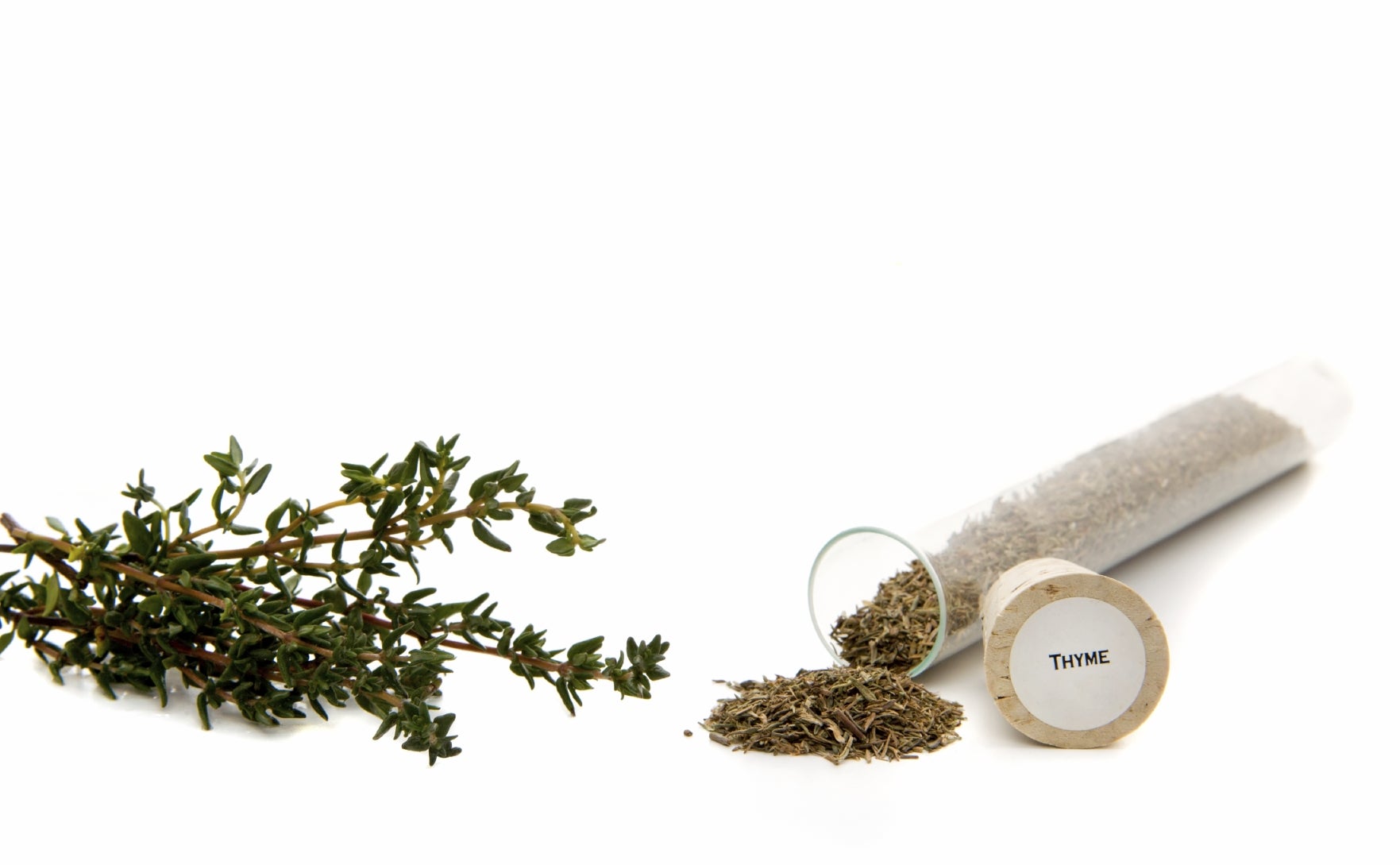 Propagating Thyme Plants: Thyme Seed Planting And Rooting Thyme Plants
Propagating Thyme Plants: Thyme Seed Planting And Rooting Thyme PlantsThyme is an herb steeped in history with a wide range of uses, not the least of which is culinary. With such a plethora of applications, it is a "must have" for the herb garden. So then, how to propagate thyme you ask? Find out here.
By Amy Grant
-
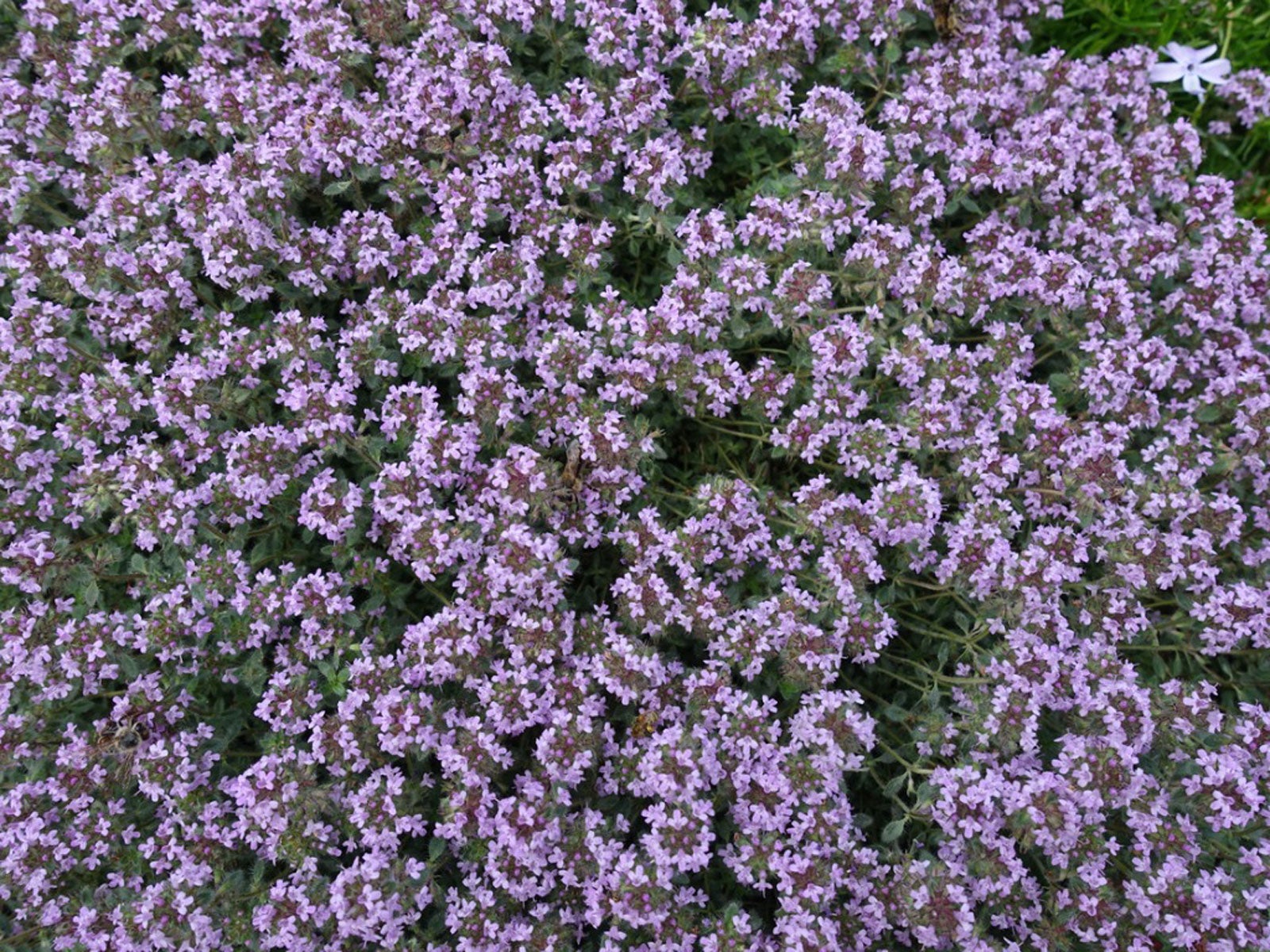 Growing Woolly Thyme: Information On Woolly Thyme Ground Cover
Growing Woolly Thyme: Information On Woolly Thyme Ground CoverThere are plants you just want to touch and woolly thyme plants are just one of them. Growing and caring for this herb plant is easy. Read this article for information on how to grow woolly thyme.
By Bonnie L. Grant
-
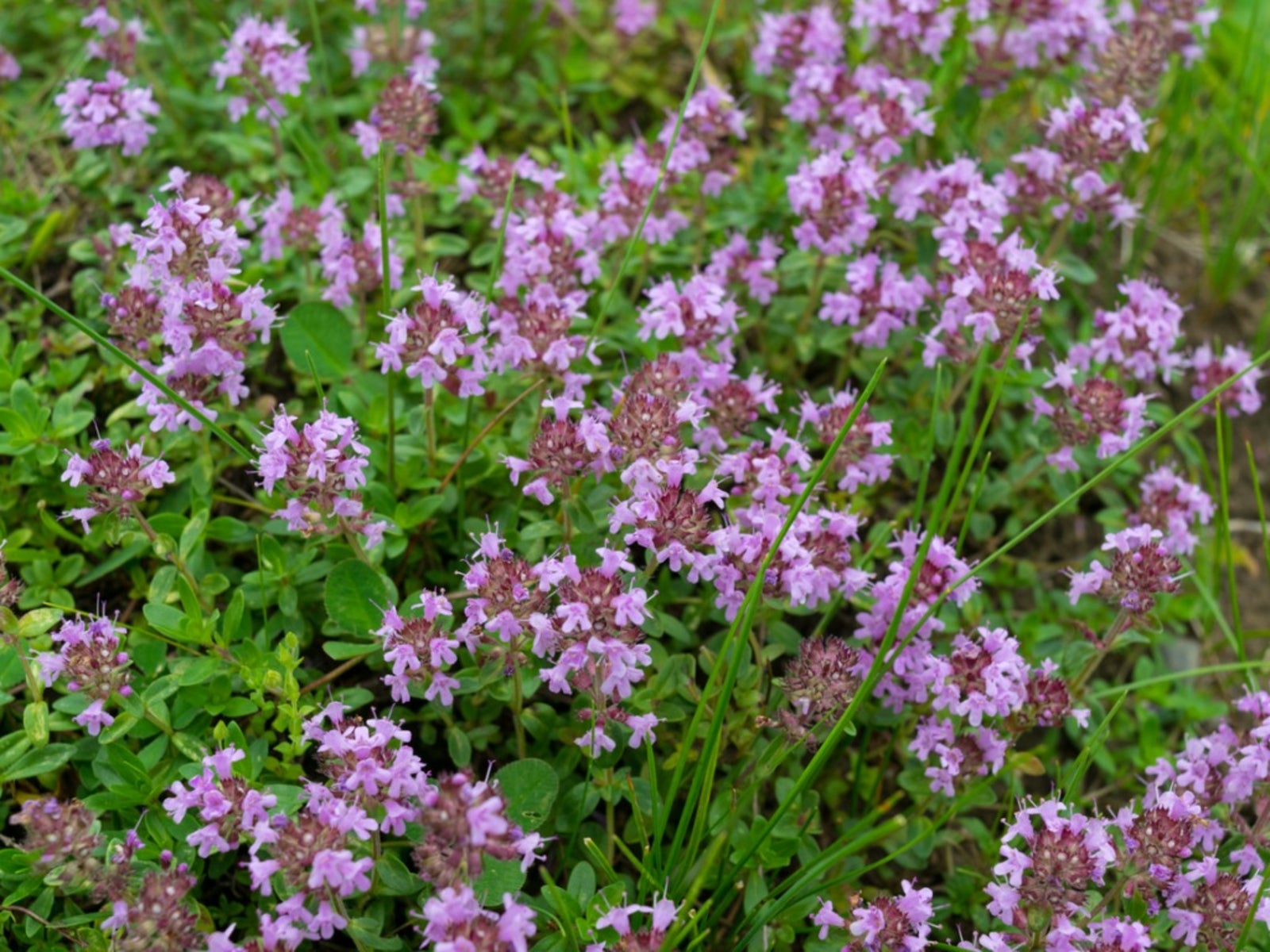 What Is Elfin Thyme: Information On Elfin Creeping Thyme Plant
What Is Elfin Thyme: Information On Elfin Creeping Thyme PlantElfin creeping thyme plant is as cherubic as its name implies with small glossy, green aromatic leaves and teeny weensy purple or pink blossoms. Read here for information on elfin thyme care.
By Amy Grant
-
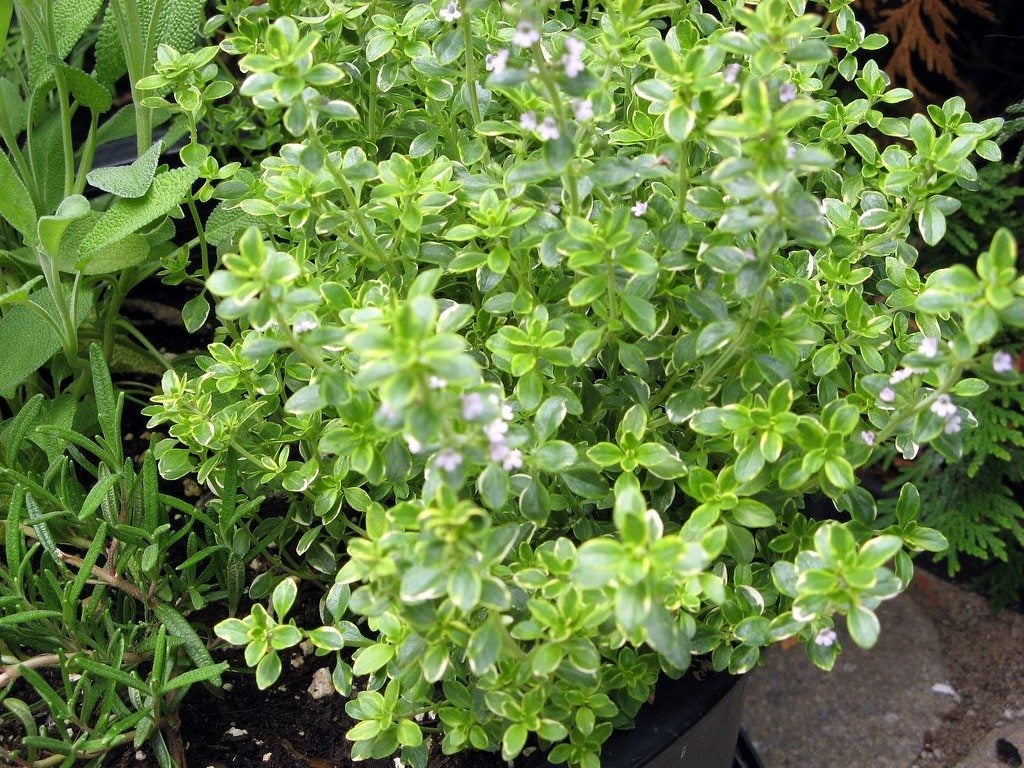 Lemon Thyme Herbs: How To Grow Lemon Thyme Plants
Lemon Thyme Herbs: How To Grow Lemon Thyme PlantsLemon thyme plants are a lovely addition to an herb garden, rock garden or border or as container plants. Grown not only for its culinary uses but for its attractive foliage, lemon thyme info can be found here.
By Amy Grant
-
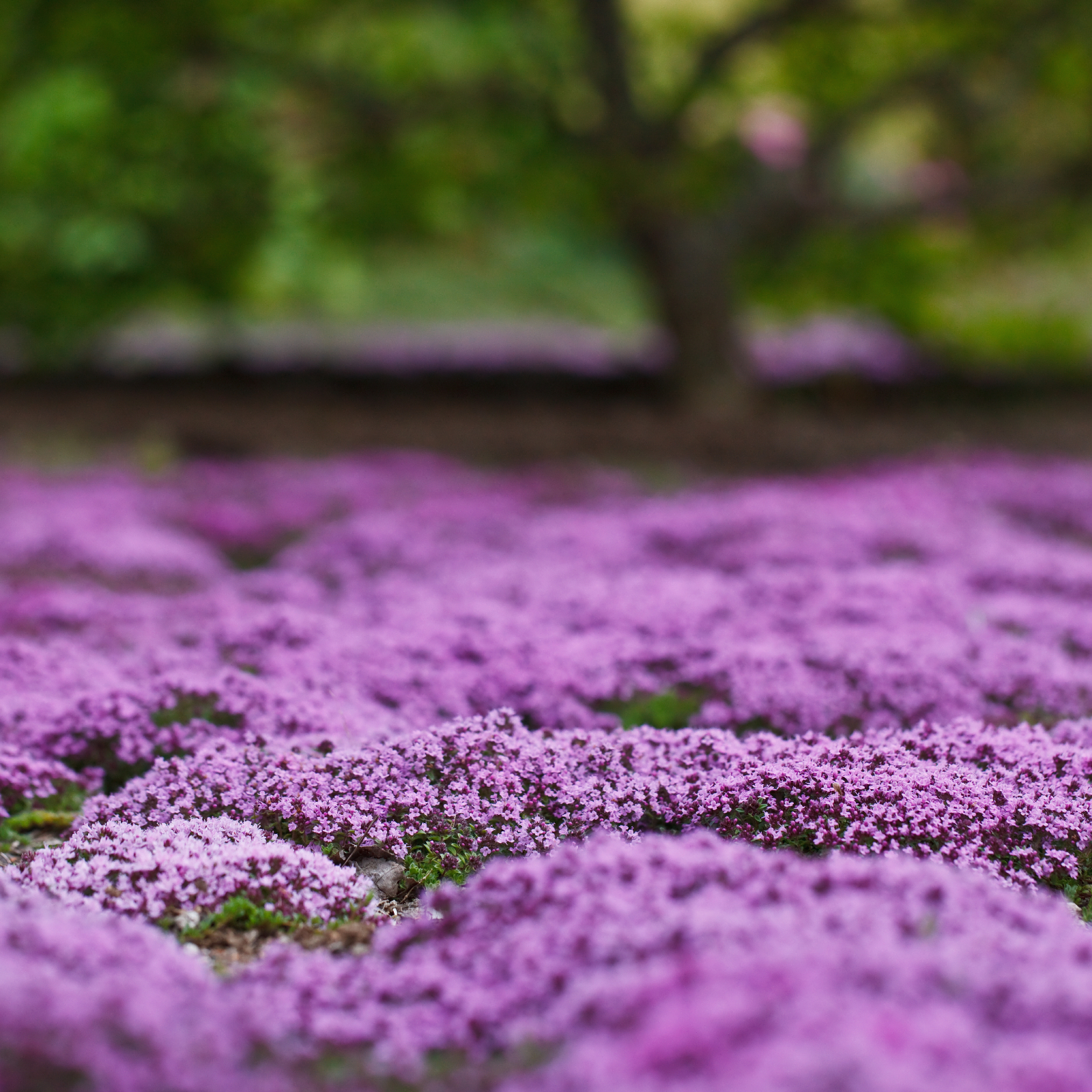 Creeping Thyme Growing Guide – Everything You Need To Know
Creeping Thyme Growing Guide – Everything You Need To KnowCreeping thyme makes a pretty and fragrant ground cover carpet, as well as a great spiller in pots. It likes a little grit in the soil and is easy to grow.
By Amy Grant
-
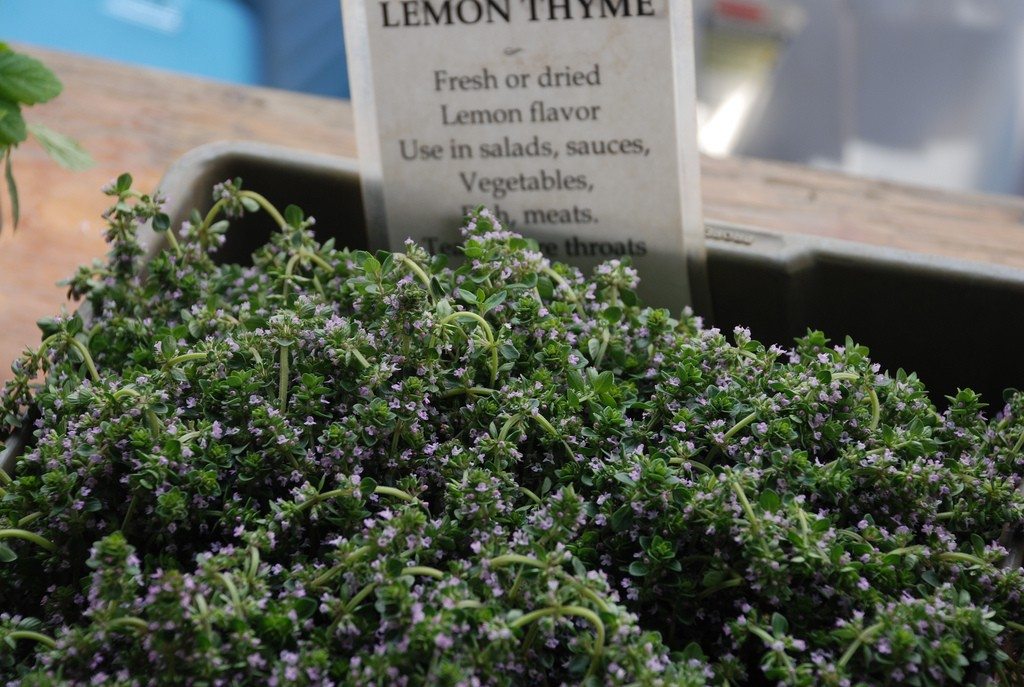 Types Of Thyme Plants: Varieties Of Thyme For The Garden
Types Of Thyme Plants: Varieties Of Thyme For The GardenBy Amy Grant
-
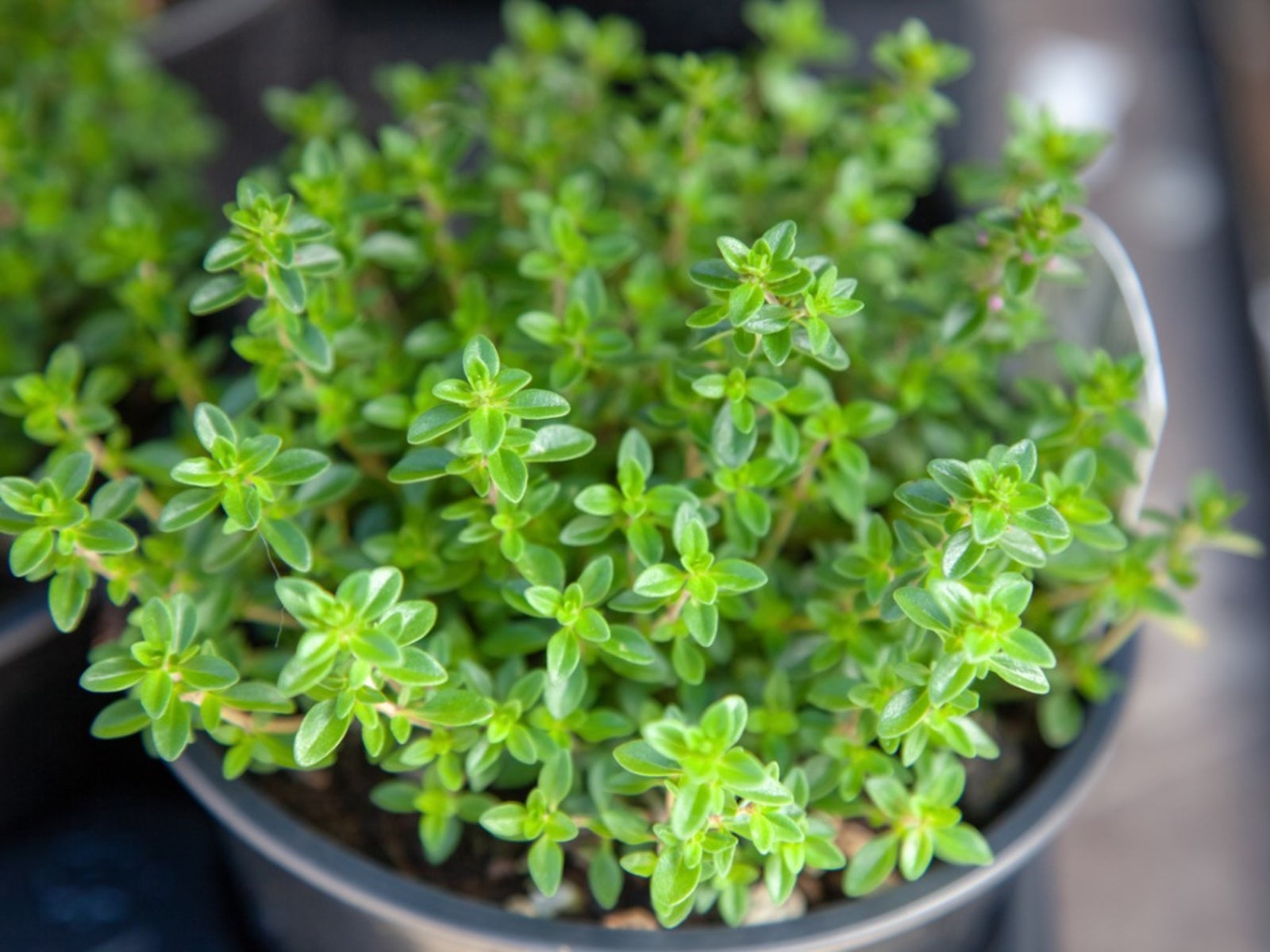 Growing Thyme Indoors: How To Grow Thyme Indoors
Growing Thyme Indoors: How To Grow Thyme IndoorsWhat could be better than having the scents and flavors near to hand in the kitchen? Thyme is a useful herb that can be used in a variety of ways. Growing thyme indoors is easy, and this article will help.
By Bonnie L. Grant
-
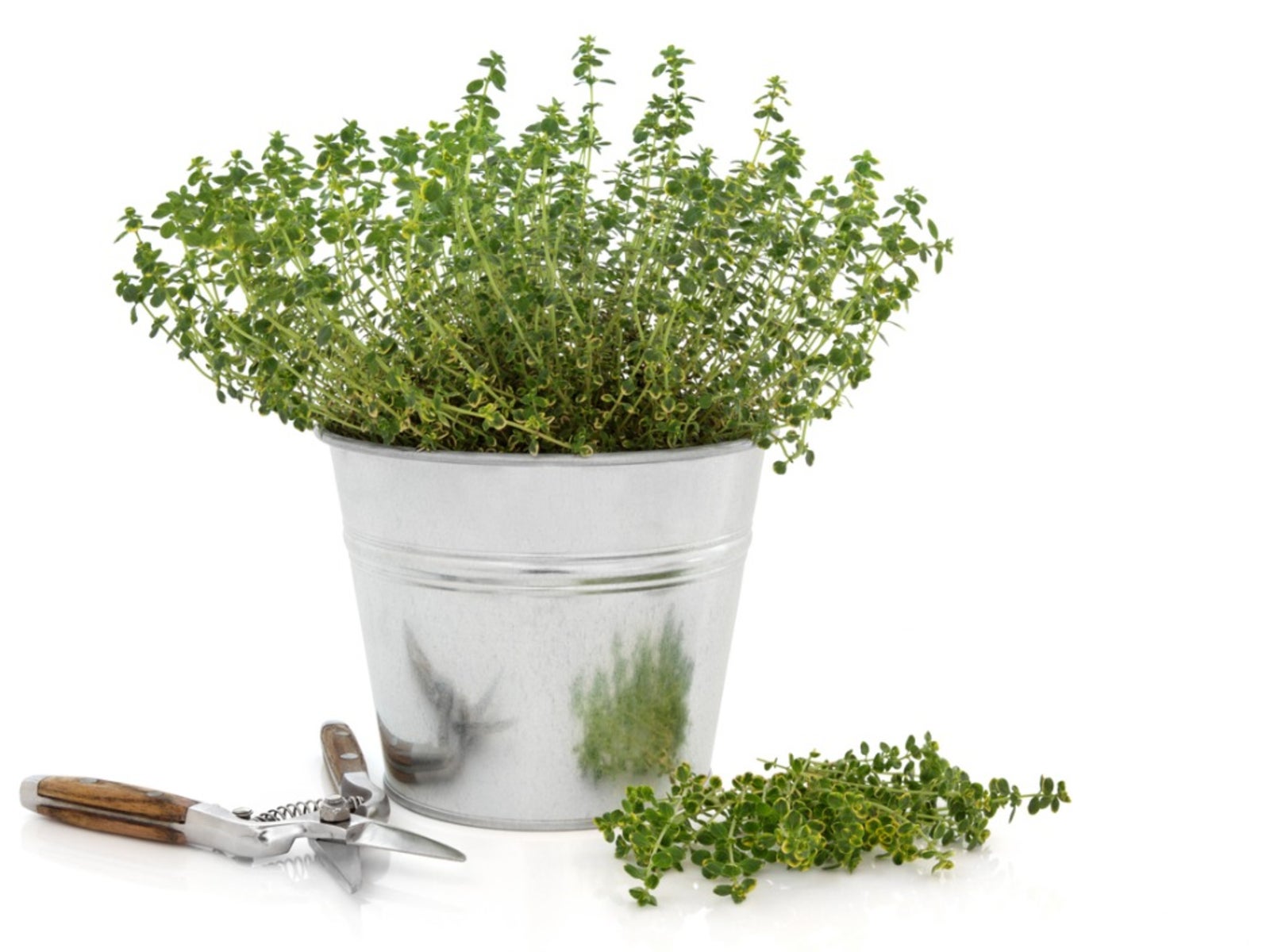 Tips For Pruning Thyme Plants For Best Growth
Tips For Pruning Thyme Plants For Best GrowthThyme plants do best when they are pruned regularly. Taking the time to trim thyme, not only creates a nicer looking plant, but also helps improve the amount you can harvest from the plant. Learn more here.
By Heather Rhoades